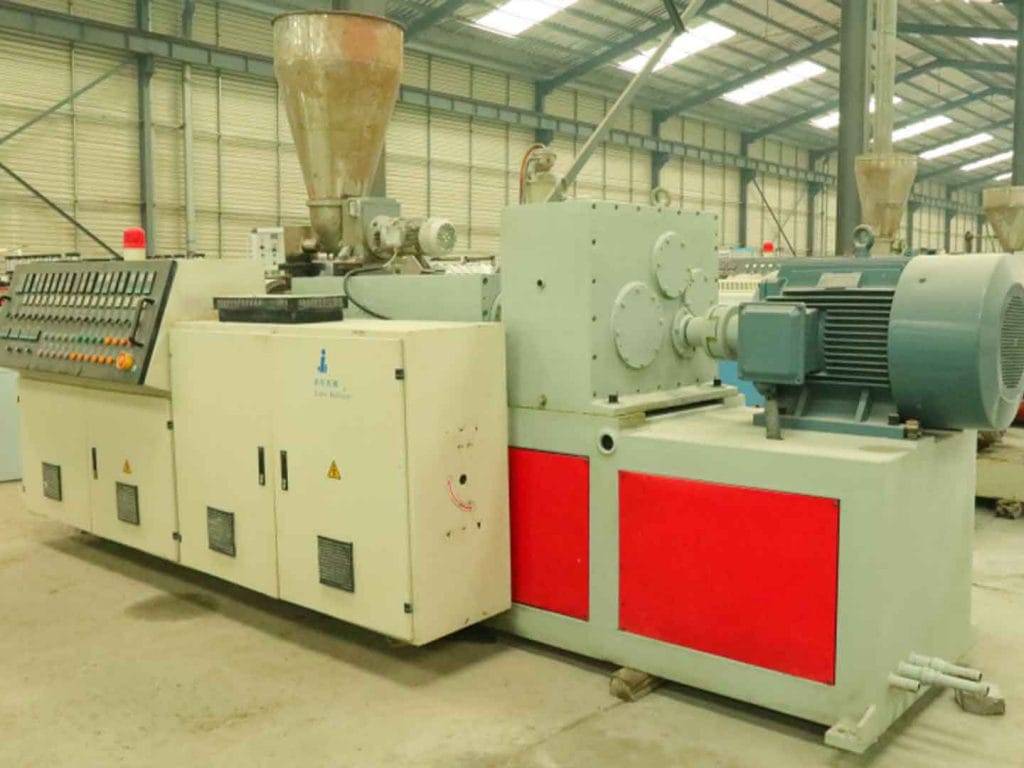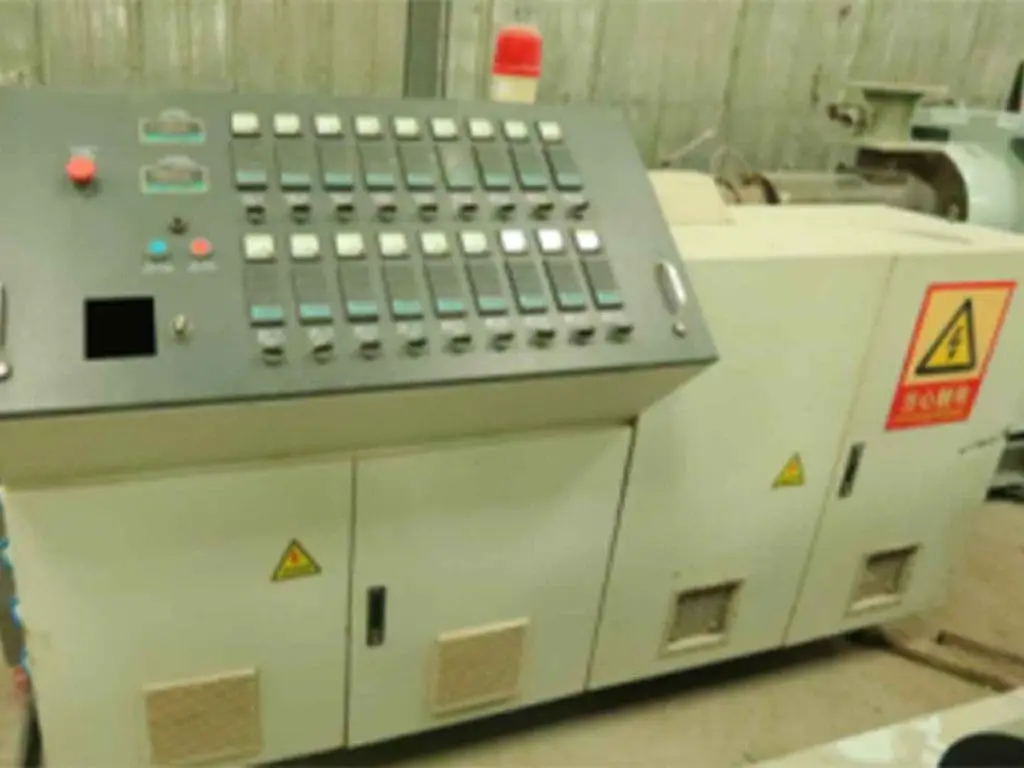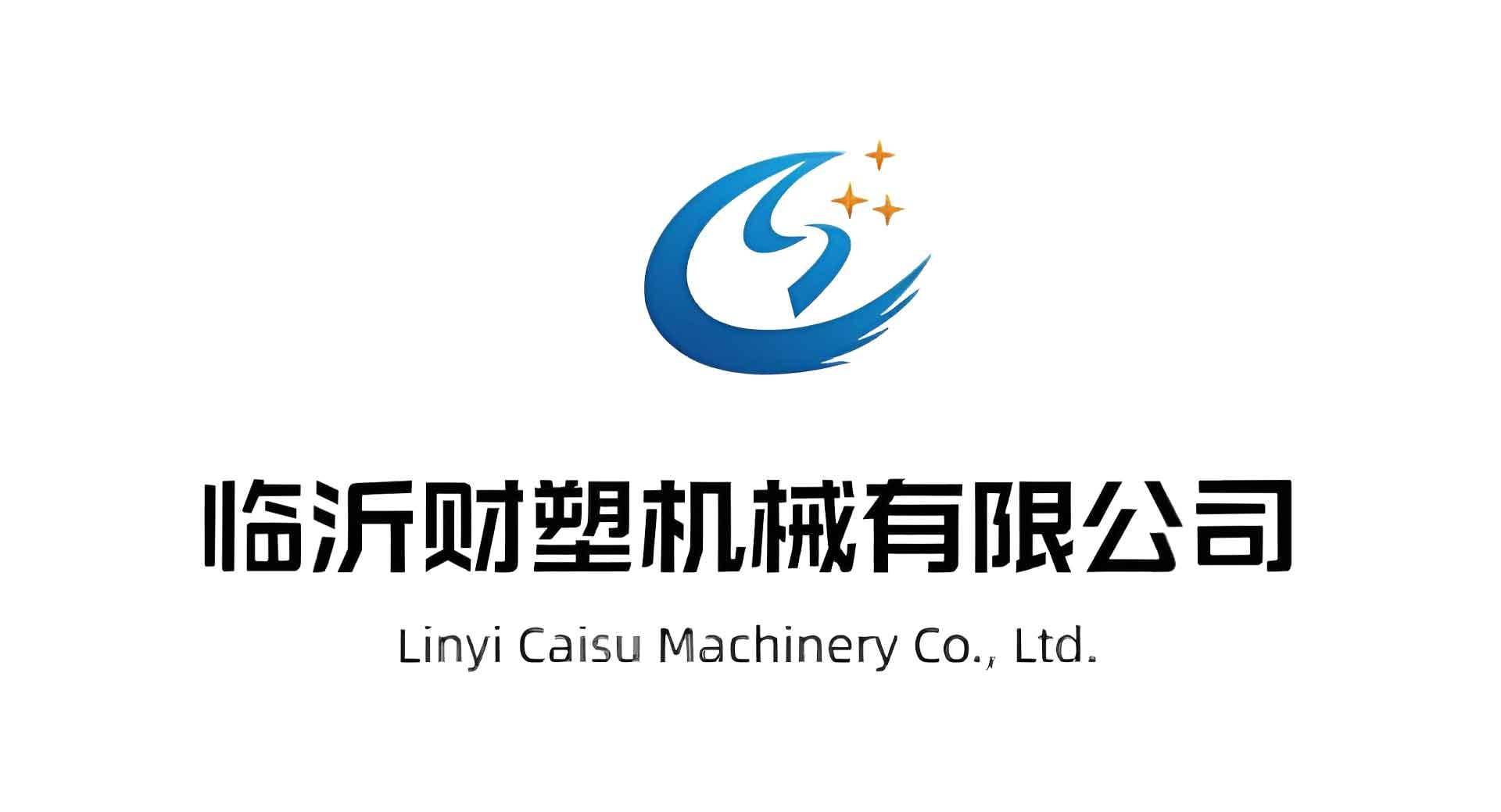Welcome to My Blog!
Before we dive into the content, I’d love for you to join me on my social media platforms where I share more insights, engage with the community, and post updates. Here’s how you can connect with me:
Facebook:https://www.facebook.com/profile.php?id=61567891941530
Now, let’s get started on our journey together. I hope you find the content here insightful, engaging, and valuable.
Caisu Machinery sells a variety of used plastic pipe production equipment. The products are of high quality and low price. Welcome to contact us for consultation and purchase. We will be happy to serve you.
Table of Contents
Introduction
If you’re considering investing in a used PVC furniture board production line, you’re not alone. As the demand for cost-effective and customizable furniture solutions continues to grow, more manufacturers and entrepreneurs are turning to second-hand PVC board equipment to get started—or to scale—without breaking the bank.
In this guide, we’ll walk you through everything you need to know before buying a used PVC furniture board production line. From technical considerations to maintenance tips, this article is designed to help you make a confident, informed decision.
Understanding What a Used PVC Furniture Board Production Line Includes

Let’s begin with what a standard used PVC furniture board production line actually consists of. This type of extrusion line is typically used for manufacturing rigid PVC sheets, which are later cut and laminated to form cabinets, wardrobes, partition walls, and other furniture components.
A typical line includes:
- Conical twin-screw extruder
- Vacuum calibration table
- Cooling and haul-off unit
- Cutting machine
- Stacking or automatic collection system
Depending on your production requirements, the line may include auxiliary machines such as edge banding, surface laminating, and recycling units for offcuts and scrap material.
What sets one line apart from another isn’t just its condition, but also its technical configuration—motor capacity, screw diameter, production width, automation level, and compatibility with downstream equipment.
Key Factors to Consider Before Purchasing a Used PVC Furniture Board Production Line

When evaluating a used PVC furniture board production line, you’ll want to look beyond surface wear. Even machines with visible wear and tear can offer excellent performance—if they’ve been maintained correctly and meet your specific production needs.
Here are the most important criteria you should assess:
Output Capacity and Sheet Dimensions
How much sheet output do you need per hour? Do you require single or multi-layer sheets? A line producing 600 kg/h of PVC board with a width of 1220 mm may suit mid-size operations, while larger facilities might require higher throughput and wider boards.
Extrusion Screw and Motor Efficiency
The heart of the production line is the extruder. Check the screw type, diameter, and L/D ratio (length to diameter). Used conical twin-screw extruders between 55/110 and 80/156 offer good melt consistency for rigid PVC. Also, confirm the condition of the motor, gearbox, and inverter.
Control System and Automation
Older production lines may lack modern programmable logic control (PLC) systems or require manual adjustments. If you want smoother operations, look for lines with integrated PLC panels, touchscreen interfaces, and self-diagnostic functions.
Cooling and Calibration Units
The vacuum table and cooling tanks determine the final board flatness and dimensional accuracy. Any malfunction or wear here can result in warped or inconsistent boards.
Power and Space Requirements
Check whether the equipment is compatible with your workshop’s power supply (typically 380V, 3-phase) and whether you have the floor space to accommodate the full line.
Mid-Article Comparison Table: Used PVC Furniture Board Production Line Evaluation
To help you visualize the key decision-making points, here’s a practical comparison table summarizing critical factors to consider when evaluating different machines.
| Feature | What to Check | Why It Matters |
|---|---|---|
| Extruder Type | Conical twin-screw, screw diameter, L/D ratio | Affects plasticizing efficiency and production speed |
| Sheet Output | Kg/h, board width, thickness range | Must match your daily production needs |
| Control System | PLC presence, touchscreen, diagnostics | Enhances efficiency, reduces human error |
| Vacuum Calibration Table | Number of zones, condition of cooling lines | Impacts board flatness and dimensional tolerance |
| Haul-Off & Cutter | Belt or roller type, blade sharpness, synchronization | Ensures clean edges and precise sizing |
| Frame and Build Condition | Corrosion, structural fatigue | Indicates overall durability and remaining lifespan |
| Maintenance Records | Lubrication, part replacement logs | Helps forecast potential downtime or servicing costs |
| Compatibility with Lamination Units | Size match, speed synchronization | Crucial if you plan to laminate or print on PVC boards |
Maintenance, Spare Parts, and After-Sales Considerations
Buying a used PVC furniture board production line isn’t the end of the story—it’s just the beginning. Your success depends heavily on how well the equipment is maintained going forward.
Regular maintenance tasks include:
- Cleaning and lubricating the screw and barrel
- Checking and replacing vacuum pumps
- Monitoring the inverter and motor performance
- Calibrating temperature control zones
Spare parts availability is also essential. When reviewing a potential purchase, ask for the original machine manuals and check if standard parts (like heating rings, belts, and bearings) are still in circulation. The more generic and standardized the components, the easier it will be to keep your line running without expensive delays.
According to data published in Plastic Machinery & Engineering Review (2023), 70% of unexpected downtime in used extrusion lines is due to poorly maintained vacuum systems and extruder motor failures. With the right preventive steps, you can minimize that risk.
Matching Production Goals to the Right Used PVC Furniture Board Production Line

The best line for you isn’t necessarily the newest or most powerful—it’s the one that fits your production goals.
For startups or small-scale facilities, a compact line with moderate output and basic automation may be more than enough. On the other hand, if you’re supplying to large-scale furniture manufacturers or export markets, scalability and reliability become top priorities.
Also, think about your downstream needs:
- Will you be laminating decorative films onto boards?
- Do you require integration with an edge banding system?
- Will boards be CNC-routed for specific furniture designs?
Answering these questions early on helps you choose a used PVC furniture board production line that’s ready to meet your long-term goals.
Conclusion
Second-hand PVC furniture board production lines are in increasing demand and are increasingly available for sale. When buying, don’t rush. Evaluate the equipment carefully, ask the right technical questions, and inspect it in person whenever possible. Pay special attention to extrusion performance, vacuum calibration, and board output capacity.
If you need a reliable second-hand plastic board production line, you can contact Caisu, a trusted seller, and we will provide you with professional recommendations.
FAQ
Can I upgrade a used PVC board line with modern controls?
Yes, many older lines can be retrofitted with PLCs, touchscreens, and new sensor systems. This may require an experienced technician but can greatly enhance productivity.
What’s the typical lifespan of a PVC furniture board production line?
With regular maintenance, these machines can operate reliably for 10–15 years. Some core components like the screw or motor may need replacement during that time.
How can I verify the true condition of a used production line?
Always request a test run or production video. Review maintenance logs, check wear on high-friction components, and inspect calibration systems.
Is a used line suitable for producing laminated boards?
Yes, as long as the base sheet meets dimensional standards and downstream lamination equipment is compatible.
What’s the best way to transport a used line internationally?
Dismantle in modular sections, label each part, and use reinforced crates or containers. Hire a logistics team familiar with handling extrusion equipment.





